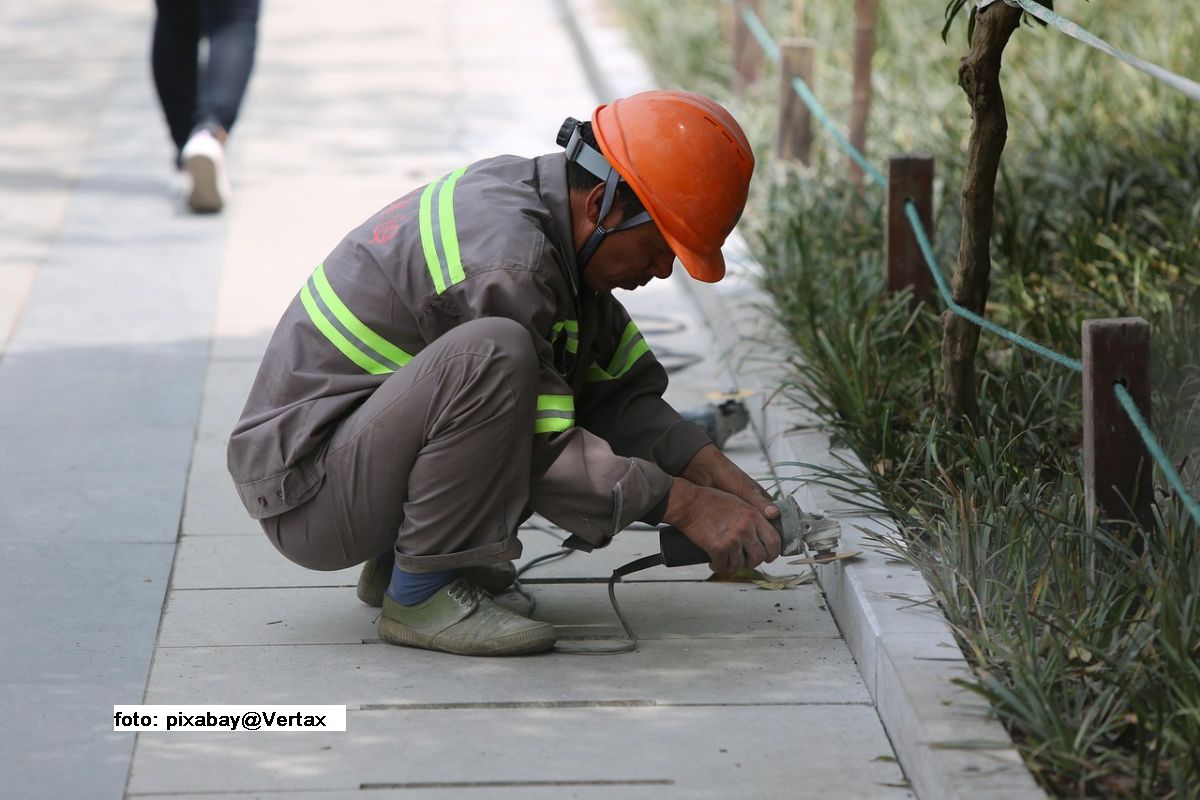Alternative transport systems in Bucharest
The bicycle, as an alternative means of transport, has gradually been gaining ground in Romania
Warning: Trying to access array offset on null in /home/web/rri.ro/public/wp-content/themes/rri/template-parts/content.php on line 53

Warning: Trying to access array offset on null in /home/web/rri.ro/public/wp-content/themes/rri/template-parts/content.php on line 98
Christine Leșcu,
23.11.2016, 13:50
The bicycle, as an alternative means of transport, has gradually been gaining ground in Romania in recent years. It has been extensively used in many European countries, since riding a bike is equally funny and healthy. Big cities have a reportedly growing number of cyclists, whether they are young, middle aged or elderly, or whether they cycle to work or for sheer pleasure. An increasing number of bike-selling shops have emerged and cycling-related events have been organized quite often.
Radu Mititean is the President of the Romanian Cycling Federation, and he tells us why Romanians have started to opt for the bicycle as a means of transport in urban areas: ”It is quite natural for the number of cyclists to grow, as people have started to realize that cars are not a long-term solution for transport in the big cities, as riding a bike can actually save you a lot of time. That is the main reason for choosing bikes over cars, and not necessarily health or environment related issues. We live in an age of speed. Moreover, riding a bike is often the only type of physical exercise that people can afford, if they don’t have time for jogging or swimming. I for one cycle to work, wearing a suit. I live in Cluj and instead of wasting half an hour to get to work by using public transport, I can get there in just 15 minutes by bike. “
But how well prepared are the big cities for bike-lovers? Programme director with the Green Revolution Association, Corneliu Belciug, tells us more about it: “The bicycle is sure to become an alternative means of transport in Bucharest, a truly beneficial one, when, at the same time with its promotion, the use of the automobile will be discouraged. We will never be able to speak about a pollution-free Bucharest, with zero noise and toxic gas emissions unless authorities take two important measures: discourage car traffic through taxation and car parking charges, and build bike lanes. But we’re not there yet.”
Although the EU has policies encouraging bike riding and financing is available to set up a cyclist-friendly infrastructure system, in reality things are not as they should be. Radu Mititean: ”In recent years, local authorities in large and medium-sized cities across the country have started to implement the cycling infrastructure. Unfortunately, there are serious problems when it comes to quality. Bike lanes lack coherence, most of them are narrow, lack continuity and are unsafe. So they are not useful and do not encourage bike riding. Some of them are even dangerous for cyclists. That also happens because we do not have updated standards or a legislation able to impose such standards.”
Associations in the field have tried to negotiate with the authorities, in order to get the infrastructure they need, and also have the road traffic legislation changed. Radu Mititean: ”For more than 20 years now, we have been trying to solve these problems by changing road traffic legislation, but we have only got promises from the authorities. Unfortunately, our efforts have been useless, as decision-makers see cycling as a whim. As soon as you get off the car, you become a second-class citizen.”
Waiting for a more efficient plan from the authorities, the civil society has come up with solutions, and even collaborated with some of the local administration representatives to make cyclists feel more comfortable in the cities. The Green Revolution Association began to promote the bicycle six years ago through an initial bike-sharing project in Bucharest, conducted jointly with the District 1 Town Hall.
Here is Corneliu Belciug once again, this time telling us what the outcome of the bike-sharing project was: ”We initiated the Ivelo project, with the yellow bikes that have become so familiar in Bucharest. The project was first implemented in parks across the capital city, and then we took the project to other cities. We also ran a project targeting students for free bike-sharing. In many university campuses across the country we made bicycles available free of charge, for students to go to classes. Then there was also a project themed ‘Bicycles with a necktie’, targeting corporate employees whom we provided with bicycles right at their company offices. Last year we began a European project dubbed Bike2Work, as an addition to the ‘Bicycles with a necktie’ project, while in September this year we initiated the first automatized bike-sharing project in Bucharest. There are bicycles parked in the main subway and bus stations across the city, which can be rented out. We want to extend the project in 2017. This automatized bike-sharing project targets consumers who want to travel from point A to point B by bike, for half an hour. The bike stations have been thought out only for this kind of fast journeys, and 30 minutes is enough for that.”
Line associations have never ceased to keep their hopes up and negotiate with the authorities, so that the growing number of cyclists can feel welcome in the cities.






























